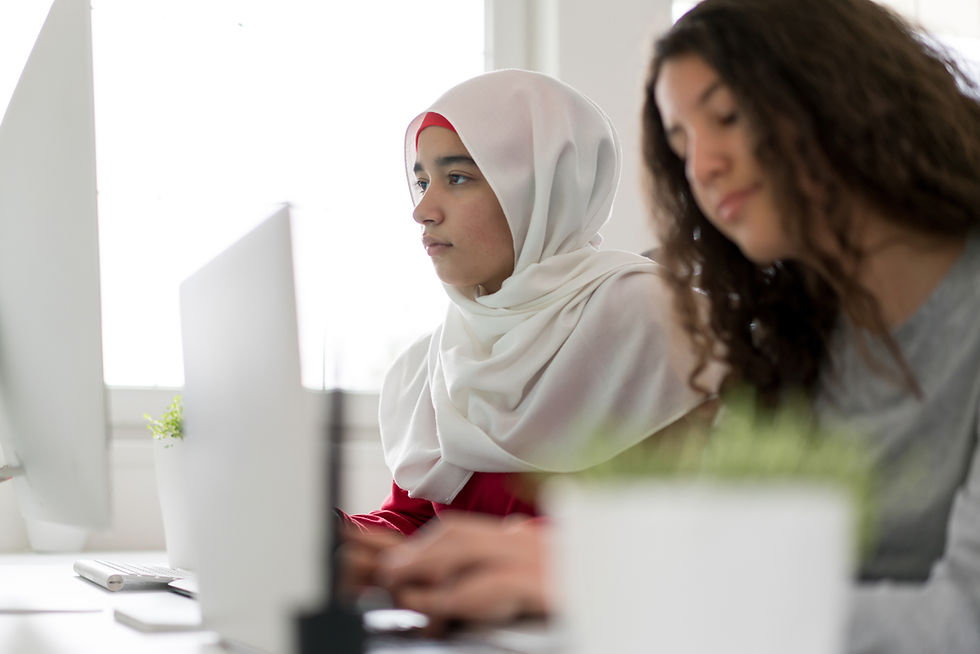Building Adaptive Capacity in an increasingly global world… and why it matters in education.
- jenfbuchanan
- Jun 1, 2022
- 2 min read

Educational systems are complex, dynamic and filled with challenges. As a result, there has been growing interest in the concept of adaptive capacity as a way to understand how well education systems can respond to future challenges. In education, there is a growing understanding that the effectiveness of our policies and practices are tied to the capacity of the system to respond. In other words, the more prepared we are for change, the more likely our policies and practices will be effective.
What is adaptive capacity?
Adaptive capacity is about how well an organization or system can adjust in response to new information or unexpected events. Put another way, it’s about understanding where we are now, so that we can anticipate changes that may happen in the future and build our capacity so that when those changes do occur, we are better equipped to respond. In the context of education, this definition suggests two key components: 1) understanding current capacity, including strengths and limitations; and 2) anticipating future changes to ensure we are prepared to respond. An important distinction is that adaptive capacity is not just about responding to challenges; it’s also about responding to opportunities that may emerge unexpectedly.
How can we build our adaptive capacity?
Building adaptive capacity requires three key activities: 1) identify current conditions, 2) identify future conditions, and 3) identify possible responses. The first step is to collect data to understand current capacity, including strengths and limitations. Building on this, the second step is to identify future conditions that may impact our capacity, such as demographic change, changes in the economy or shifts in technology. The final step is to identify possible responses to address these conditions. This may include ways to strengthen existing capacity or ways to build new capacity. For example, if we find that we are not adequately serving certain groups of students, we may need to find ways to build capacity to ensure these students are better served. Alternatively, if we find that certain policies and practices are not as effective as they could be, we may need to find ways to strengthen existing capacity.
Building adaptive capacity requires a sustained effort and commitment from education stakeholders. It requires a recognition of the current state of capacity, an understanding of expected changes in the future and, finally, an understanding of the possible responses. This is not something that can happen quickly or easily. However, understanding and investing in this process will help us better respond to the inevitable changes—both expected and unexpected—that occur in education and in society as a whole.



Comments